Well it’s international break so unfortunately there has been no club football to comment on from the weekend *groans*. Happily, what it does do is allow a bit of time to reflect on things from the last few weeks – in particular a couple of defensive issues.
Under Brendan Rodgers’ management, Liverpool have used a number of different shapes. Just eleven games into the league season, at least four basic formations have been used – 4-2-3-1, 3-4-1-2, 3-1-4-2 and 4-4-2. The subtle difference between the second and third shape is merely the flipping of the triangle in midfield from a ‘2-1’ to a ‘1-2’. In reality the latter is probably more simple to describe as a 3-5-2 than the first but for the sake of describing the shapes used, Liverpool have started league games with four different ones this season.
However this piece will concentrate on a couple of defensive issues from the 4-4-2 shape used against Arsenal and Fulham.
The basic shape against Fulham
This was the team that started against Fulham:
Despite the rumours beforehand, this was definitely a 4-4-2, although one that was fluid – it could be argued that in possession it was a 4-1-3-2. Henderson started on the right, Coutinho left, Lucas and Gerrard in the middle and Suarez and Sturridge up front.
In many ways this image explains a lot about the roles and functions of each player when in possession. Johnson is fairly high up the pitch in Fulham’s half, Henderson is just inside of him but still pretty wide (this combination will be touched on more later). Skrtel is slightly wider and deeper than Agger due to the covering position he tended to take up with the ‘right-leaning’ attack. Lucas is sat inside his own half holding, with Gerrard ahead, playing a relatively “box-to-box” role. On the left, Coutinho is a lot narrower than Henderson is on the right. This is again partly down to the fact that the Liverpool attacks were much more frequent down the right (47%) than the left (23%) but also due to his role; looking to receive the ball as much as possible, turning onto his right foot, associating play and trying to play penetrating passes into the box.
It’s important to look at the basic roles, movements and positions taken up in possession because this helps to understand the weak spots when the ball is lost and the team moves into the defensive transition
Defending as a block
It has to be said, defence was very much a secondary issue against Fulham. 68% possession, 32 shots to 4 (only 6 games out of the last 5,000 in the Premier League have had a bigger shot differential than that). However there were a few passages of play that did partly show some of the weaknesses of the system.
One of the things that was touched upon in this column from the Arsenal game was the roles of Suarez and Sturridge in defence. The tendency of the pair, seemingly under instruction, is to stay high against the centre backs, waiting for transitions and once the ball is in midfield, only getting involved inconsistently.
There is a trade off here. The positive side is that when possession is regained you have two players of the quality of Suarez and Sturridge high up the field ready to attack immediately. Their positioning in transition attack is generally wide into the channels which forces the opposition into 1v1 situations. The great chance, spurned by Jordan Henderson, nine minutes into the Arsenal game was almost entirely created by the fact that neither Arsenal centre back was willing to ‘collapse’ into the centre to close off the space and leave Suarez or Sturridge with space wide of them to receive the ball. Leaving Suarez and Sturridge high up the pitch and allowing them freedom from defensive work once the ball goes into midfield gives a clear advantage.
However what it also does is leave you with effectively two less players involved in getting the ball back or compressing space. In the modern game it is a lot more difficult to have ‘passengers’ in defence. And this means that the midfield is more open:

This was one of the areas that allowed Arsenal to play so well at the Emirates – they were able to dominate midfield with numerical advantage (5v3 often) and without the forwards dropping to condense space and force the play backwards, there was more and more space to attack the ‘half-spaces’ wide of the midfield three but inside of the wing backs.
What Liverpool tend to do with Coutinho and Henderson wide is to defend fairly narrow – with the forwards staying high, causing a ‘break’ in the system (although of course with the trade off of being high up the pitch when possession is regained) the wide two ‘pinch in’ in order to try and protect the middle:


This still leaves a problem. There are many misconceptions about the 4-4-2, one of them being that it can leave a numerical disadvantage in midfield. In truth, if a team is compact and every player moves together then such a disadvantage need not occur. However when the two forwards stay high it leaves the midfield four having to compensate.
So for example, they can defend narrow when the ball is in the middle in order to try and control the space inside for the opposing team. However this leaves space to be exploited via the flanks. On the right this is less of a problem – Henderson’s recovery speed is very good and his work rate means he is often able to get back into position from inside. However on the left, Coutinho’s defensive work is more of an issue. This is more prevalent when the team is defending as a block, retaining shape behind the ball rather than his ability and willingness to close down in the immediate stage when the ball is lost

This passage of play in the second half against Arsenal when Rodgers changed to a back four gives a good summary of the defensive issues in midfield:




Ultimately what this did against Arsenal was expose the space between the lines more and more.
Transition Defence
The defensive transition is one of the most important phases in the Premier League. Because English football has traditionally been based around a high tempo, direct game, transitions when the ball is won or lost have been considered as one of the major areas to concentrate on for a coach. Indeed one of the biggest areas of focus for Rafa Benitez was the transition phase when the ball was lost.
There were a number of key points to be made on this phase from the match against Fulham. For stages, the pressing when the ball was lost was very good. This was made a lot easier through having so much possession and came from playing so high up the pitch which made it very difficult for Fulham to get out. This also enhanced Lucas’s ability to kill the ball immediately when Fulham tried to play it out when they regained possession at the back
However there were still a couple of weaknesses highlighted in the second half performance against Arsenal and against Fulham. One of them, the space between the lines, has already been highlighted here.
Another one however is a largely to the way the team attacked. One of the main areas of interest from Liverpool’s attack is that it is heavily channeled towards the right flank. As mentioned above, against Fulham a staggering 47% of Liverpool’s attack came from the right flank compared with only 23% from the left.
This was reflected in the average positions image. Henderson on the right was a lot wider than Coutinho on the left; indeed Coutinho was often moving in as a third midfielder. Gerrard and Lucas’ average positions were also leaning towards the right, as were Sturridge and Suarez’s. This effectively left Cissokho on his own on the left flank.
The way to combat this is to focus on pressing the ball aggressively immediately after it is lost. Liverpool’s pressuring can be very good but it is also not ideal – it tends to be done in small groups rather than as a team and the ‘through-marking’ from the back (marking the next options on the ball) can be slow in certain areas.
When there isn’t adequate pressure on the ball, then that opens up the team up in a couple of specific places – between the lines is one, the other is the left hand side.
This is shown in this example against Fulham:





This was an example of how the positioning and emphasis on the right hand side made the team vulnerable when play was switched quickly to the team’s left – Cissokho was effectively marking a flank by himself in this situation. Fulham didn’t get much chance to exploit it because of how little possession they had but this is definitely something that Rodgers will be looking to disrupt and improve on in the upcoming weeks.
Conclusion
It is perhaps harsh to look at some of the inefficiencies of the performance against Fulham and the second half against Arsenal. After all, against Arsenal, the team was pushing for goals and against Fulham the team put in a performance of near enough complete domination and control, and one where they excelled for long periods. However if we’re looking at the medium and long term, it is important to analyse some of the issues that cropped up.
Considering the benefits of this formation (keeping Suarez and Sturridge up front together, giving Coutinho freedom to play inside and combine with the front two) it is logical to think that this type of basic formation with this personnel will be used quite a bit in the upcoming weeks and months. What will be interesting to see, if this is case, is how Rodgers goes about working on these areas defensively and how we improve in order to continue the excellent results so far this season.








I’m gone to inform my little brother, that he should also go to see this web site on regular basis to obtain updated from newest gossip.